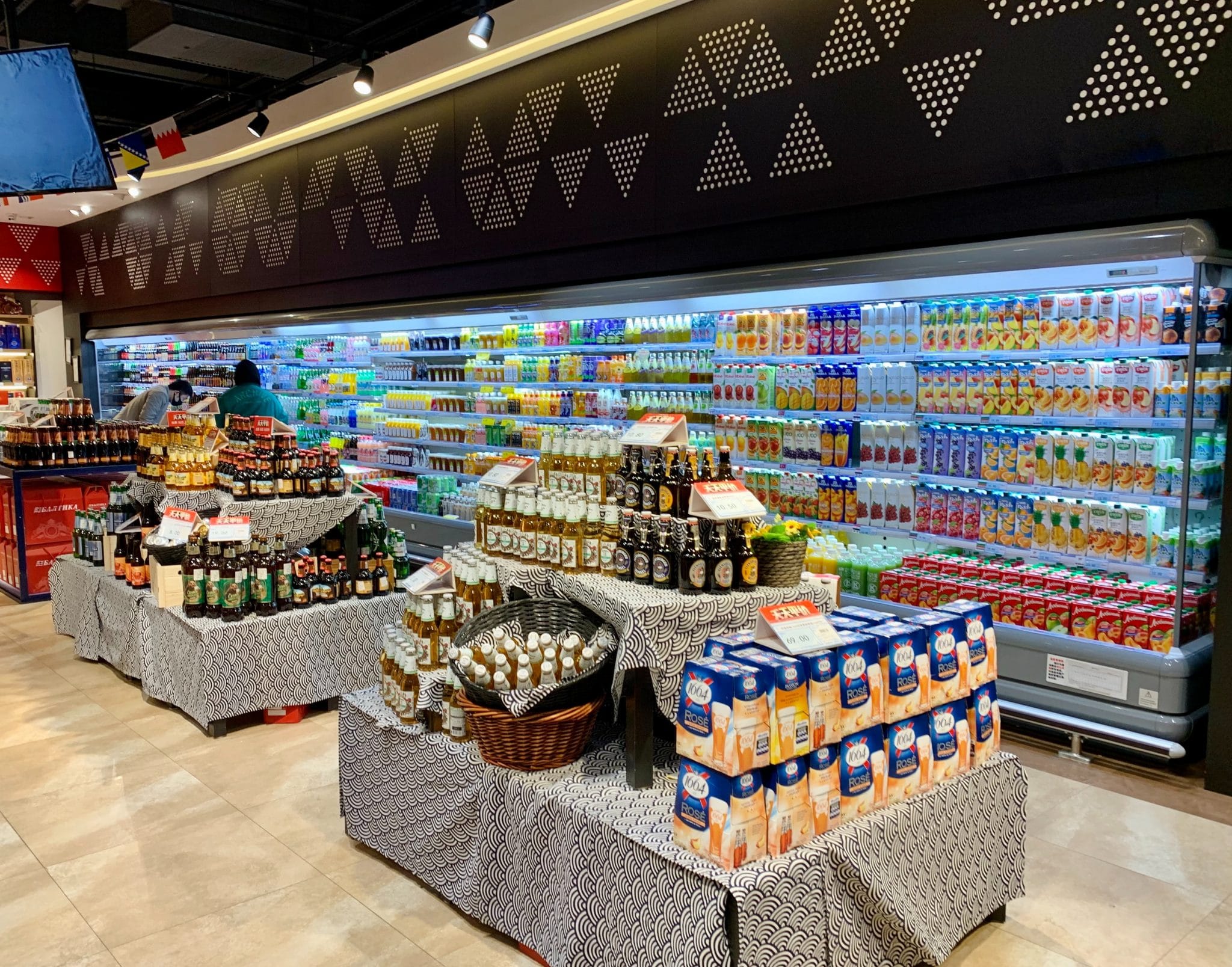If there were questions about the state of convenience stores during this tumultuous moment in time, the loyalty industry might have answers. A shopping model that once thrived when other models struggled in the Amazon era — due to the quick turnaround purchase experience and instant gratification factor — is now facing an unprecedented structural upheaval in the wake of COVID-19. However, there are solutions, and a global report by PDI Software provides valuable insights into customer preferences during the pandemic that will drive traffic, increase revenue, and improve retention for c-stores. This research covers 450 convenience retailers spanning several countries, and highlights responses from 2,500 US consumers and 150 industry leaders. At the heart of the research is a focus on the specific impact of loyalty programs in convenience retail, and the ability to keep customers in the bag with the right set of retention tactics.
Loyalty and Customer Retention Takes Priority for C-Store Operators
The prevailing utility of loyalty is being noticed now more than ever by industry leaders in the C-store category. This is because the top priority for C-store operators is now customer retention: US and Non-US convenience retailers placed customer retention at the top of their list of goals (US 16%, Non-US 18%), even ahead of new customer acquisition (US 14%, Non-US 13%), and existing customer insights (US 9%, Non-US 10%). With recent evidence that the grocery industry has reached a saturation point, and with the general homogeneity of products, services, and experiences when examining C-stores from a traditional lens, loyalty may be shaping up to be a key differentiator and determining success factor amidst a cluttered landscape.
The Post-Pandemic Program: Focus on the Human Connection
Those that have been hit by the impact of COVID-19 have been hit hard. But that doesn’t mean the industry isn’t looking into the future. In fact, convenience stores are gearing up to magnify their marketing, with loyalty programs acting as the keystone strategy; two thirds of US retailers state they plan to implement communications, advertising or customer experience programs after the pandemic, with loyalty and other incentive programs holding the lions share of specific tactics at a 60% planned adoption.
However, those looking to get ahead may not need to wait until post-pandemic to begin implementing loyalty. In fact, loyalty in particular is set to thrive in the current environment. Marketing during the pandemic could greatly benefit from a focus on relationship building, something that loyalty programs are intimately connected with. David Meerman Scott, author of The New Rules of Marketing and PR, states that during these complex times a focus on human connection can result in strong feelings of loyalty even in saturated, competitive markets. “That relationship that we have with our customers can be a lot more important than the products and services that we sell to them”, he states, reinforcing the fact that competitive differentiators such as unique loyalty experiences can transcend the product or service itself.
Convenience Store Loyalty Demographics
Of the 63% of total consumers who report belonging to a convenience store loyalty programs, the specific demographic has shifted from 2019’s profile of a high school educated consumer (27%) who was most likely a woman (50%). In 2020, convenience store loyalty members are likely to be male (52% versus 48% female), between 25-44 years old (41%), have a bachelor’s degree (27%), and have children under the age of 18. Beyond these demographic constituents, shopper psychologies reveal a significant pre-disposition towards convenience store loyalty programs. For these shoppers, earning rewards or saving money motivates them to spend more than they originally planned (51% versus 46% of all loyalty members), shop more frequently at stores where they can earn rewards (63% versus 60% of all loyalty members), and interact with their most-used rewards program at least weekly (59% versus 54% of all loyalty members).
Actionable Strategies to Implement a Convenience Retail Loyalty Program
What specific tactics will work best for program integrations? What motivating factors will resonate most intimately with conflicted audience? As far as C-store loyalty goes, an emphasis on creating differentiated experiences to cut through the clutter is a key factor in 2020 success. Audiences are now exposed to a great deal of competitive offerings that potentially supersede the swift path-to-purchase and instant gratification of traditional convenience channels — all the more reason to establish programs that ingrain their own unique fingerprints on customer equities.
The PDI 2020 C-Store Shopper Report concludes with a summary of key principles to maximize convenience store loyalty engagement in 2020:
- Find the right partner to iron out complex logistics and capitalize on technology innovations.
- Focus on rewards to personalize value offerings and resonate with specific demographics.
- Deliver seamless customer experiences that focus on digital and contactless payment, conducive to shifting customer preferences and safety concerns.
- Dive into data to continue delivering personalized experiences against proven metrics, customer segment information, and ROI.
Download PDI's 2020 C-Store Shopper Report here.


